Flexibility, Stretching, and Mobility 101
Perhaps you have been working towards building a more sustainable, healthy lifestyle. Maybe you're becoming more mindful as you eat, adding more color and variety to your plate. You've even begun to add some more movement to your week. Whether you're walking or jogging, lifting weights or cycling, practicing yoga or pilates...whatever it is, it's great! 👏 Always take a moment to celebrate your small wins!

If this sounds like you, you may also be feeling a little stiff or sore after some of your workouts. While soreness could be a sign of overtraining and a need to back off, it may also stem from a lack of flexibility.
You may even feel OK and not feel sore (if so, yay, lucky you, but read on, you're not off the hook just yet), but have some vague sense that stretching is important, particularly as we age?
If so, you're correct! Flexibility, stretching and mobility are all important whether you experience muscle soreness or not, at any age!
But it can be kind of tempting to just skip it, especially if you're not sure what to do or when to do it, and especially if you don't really get too sore, am I right?
That's where this blog post comes in! My goal in this post is to provide you with some education surrounding these topics, in what I'll call a "Flexibility, Stretching and Mobility 101" Overview. In this post, we will:
- differentiate between a warm-up and stretching
- define and differentiate the terms flexibility and mobility and discuss some of the benefits of this kind of training
- list some factors-genetic, environmental, lifestyle-affecting flexibility
- provide an overview of different types of flexibility training, including various stretching techniques
- discuss recommendations for incorporating more flexibility into your fitness routine
I'll also provide you with a free follow-along full-body static stretching video you can use to get started today! In case you're busy and need that stretching video ASAP here you go:
Now, if you're sticking around to educate yourself further, let's start with a brief discussion of the differences between a Warm-Up and Stretching, which, while related, are not quite the same thing and should not be confused or mistaken for one another!
Warm-Up
Every single workout should be preceded by a warm-up session! I know I know, you're busy and this sounds like an easy thing to skip. But it's really better not to if you want to optimize your exercise performance and avoid injury. This warm-up is basically meant to serve 2 purposes:
- to elevate the core body temperature as well as
- to elevate the temperature of the muscles to prepare the body for more vigorous exercise to follow.
Again, a warm-up and stretching are not the same thing.
The warm-up should come first, prior to anything else, and can be passive (e.g. a massage), active (e.g. walking, cycling, or some other cardio machine), or specific (e.g. bodyweight or lighter reps of squats as you work up to your working sets of a back squat).

Stretching, meanwhile, should either follow a warmup as a standalone activity, or come after completing your workout. Research suggests that static stretching prior to taking part in a dynamic activity like running, jumping or throwing may actually, counterintuitively, have a negative impact on performance. So again, save static stretching for after your workout for best results!
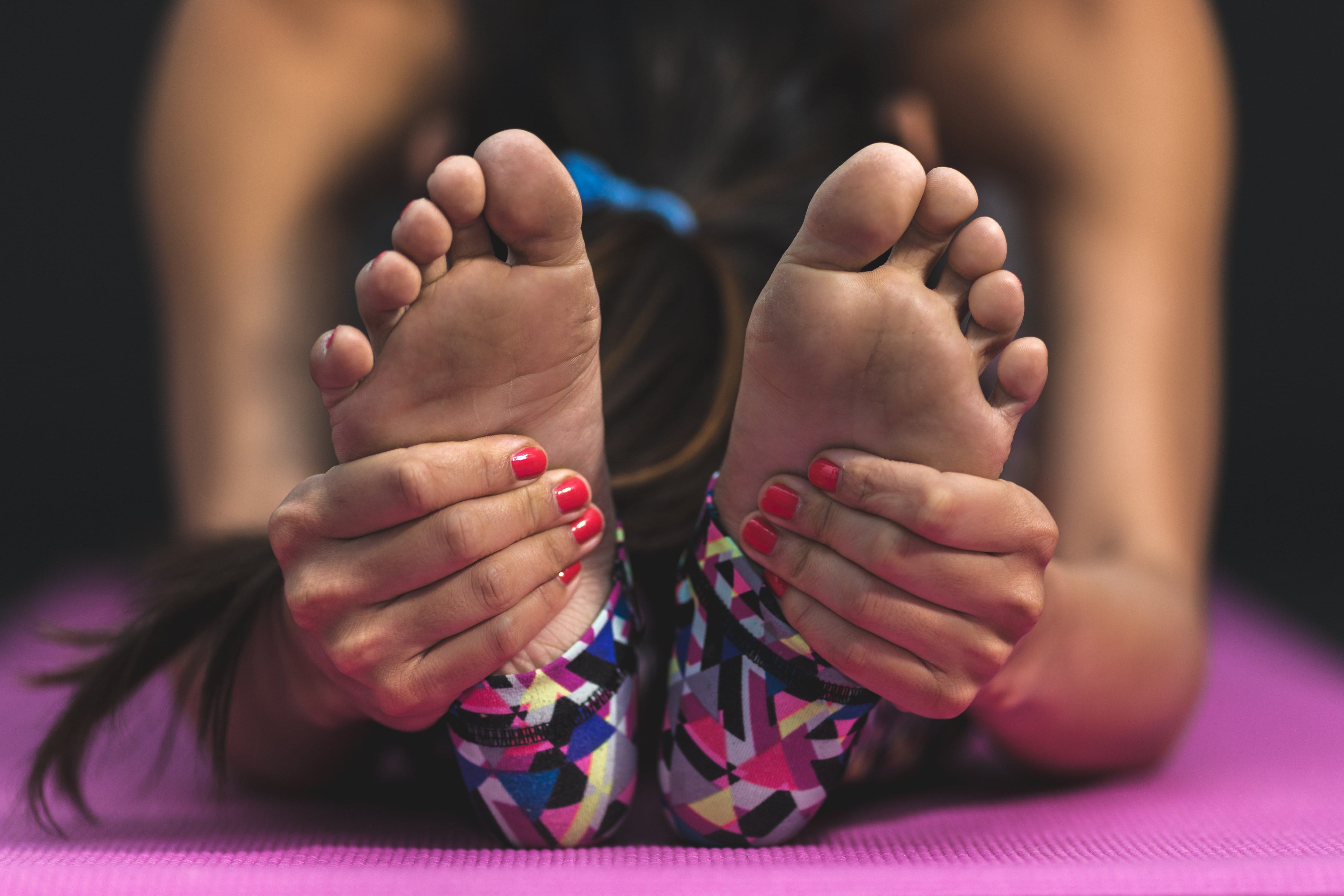
There is also some promising research pointing to a warm-up providing mental as well as physiological benefits. The psychological benefits of warming up prior to exercise deserve more research, however, preliminary findings show that individuals who perform a warm-up prior to exercise tend to be more mentally tuned or prepared. Furthermore, the rise in core and muscle temperature during a warm up and resulting increased blood flow to muscles in turn increases range of motion (ROM) around joints.
Which brings us to Flexibility and Mobility!
Flexibility and Mobility Defined and Differentiated + Benefits of this kind of Training
A warmup and stretching are both essential parts of a flexibility or mobility routine.
Flexibility is most commonly defined as the range of motion of a joint or series of joints. The ability of a joint to move freely through the full normal range of motion (ROM) has important benefits including:
- improving your exercise movement performance, and
- reducing your chance of injury!
However, it should be noted that flexibility alone is not the goal - becoming so flexible that you have no stability in your joints at all would be problematic to say the least. Too much flexibility without enough stability can actually increase your risk for injury.
Rather, the goal is to achieve mobility, which is defined as strength combined with flexibility, or strength through a full ROM.
Note that for the purposes of this blog post, I will use the terms flexibilty and mobility somewhat interchangeably, and if and when I only use the word flexibility from here on out, you can assume I am also referring to mobility.
Factors Affecting Flexibility
Many different factors (physiological, environmental, and lifestyle) influence an individual's flexibility. Often you hear people bemoan their lack of flexibility, but this is actually a bit of a fallacy, because flexibility is joint-specific.
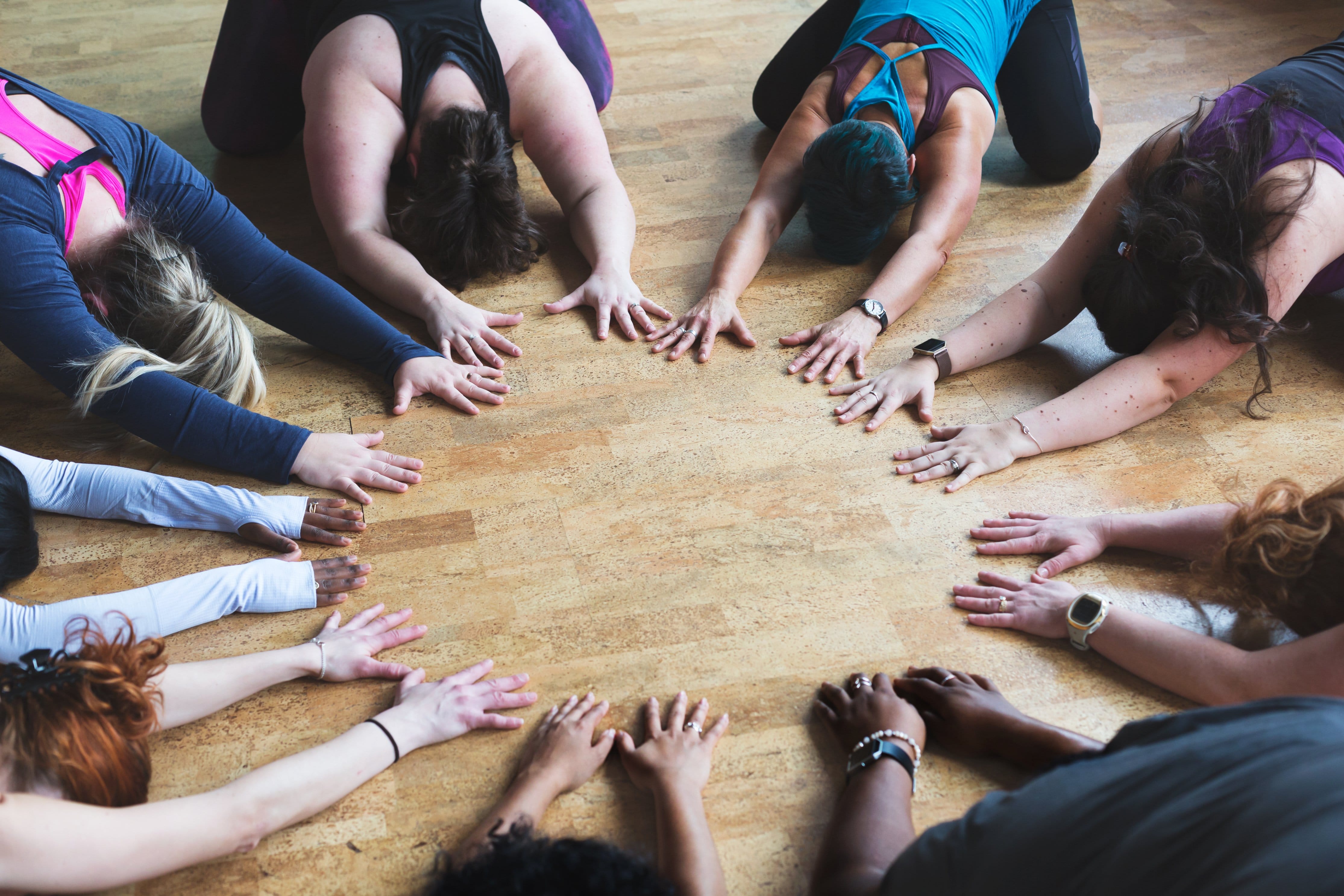
That means that it's common for someone to, for example, have above-average flexibility in one joint (say, their ankles) and below-average ROM in another (perhaps their hips). So, flexibility is not so much a general characteristic as it is specific to each particular joint and joint action.
Here are some physiological factors affecting flexibility:
- Joint Structure (joint structure varies both between individuals and between joints themselves. Some joints offer a reduced ROM compared to others by virtue of their construction - for example, the knee and elbow hinge-type joints can only move backward and forward in flexion and extension, whereas the shoulder or hip ball and socket-type joints allow movement in all planes of motion and have greater ROM).
- Muscle and Connective Tissue (muscles, ligaments and tendons can be "stiff" and people can in turn suffer from reduced ROM or, alternately, they can be "compliant" and in turn people enjoy an increased ROM).
- Hyperlaxity (over-flexibility beyond what is considered a normal ROM; fairly rare and sometimes from a connective tissue disorder; if suspected get assessed by a health care professional before starting a structured flexibility practice, as further flexibility work could result in injury for those with hyperlaxity).
- Age (children become less flexible with age with the low point between ages 10-12, then flexibility improves again but never reaches the levels seen in early childhood again).
- Sex (females generally have greater flexibility than males due to anatomical variations in joint structures, with the biggest differences seen in the trunk, hips, and ankles. Boys' flexibility decreases at puberty and is thought tp be related to increases in muscle size, stature, and strength).
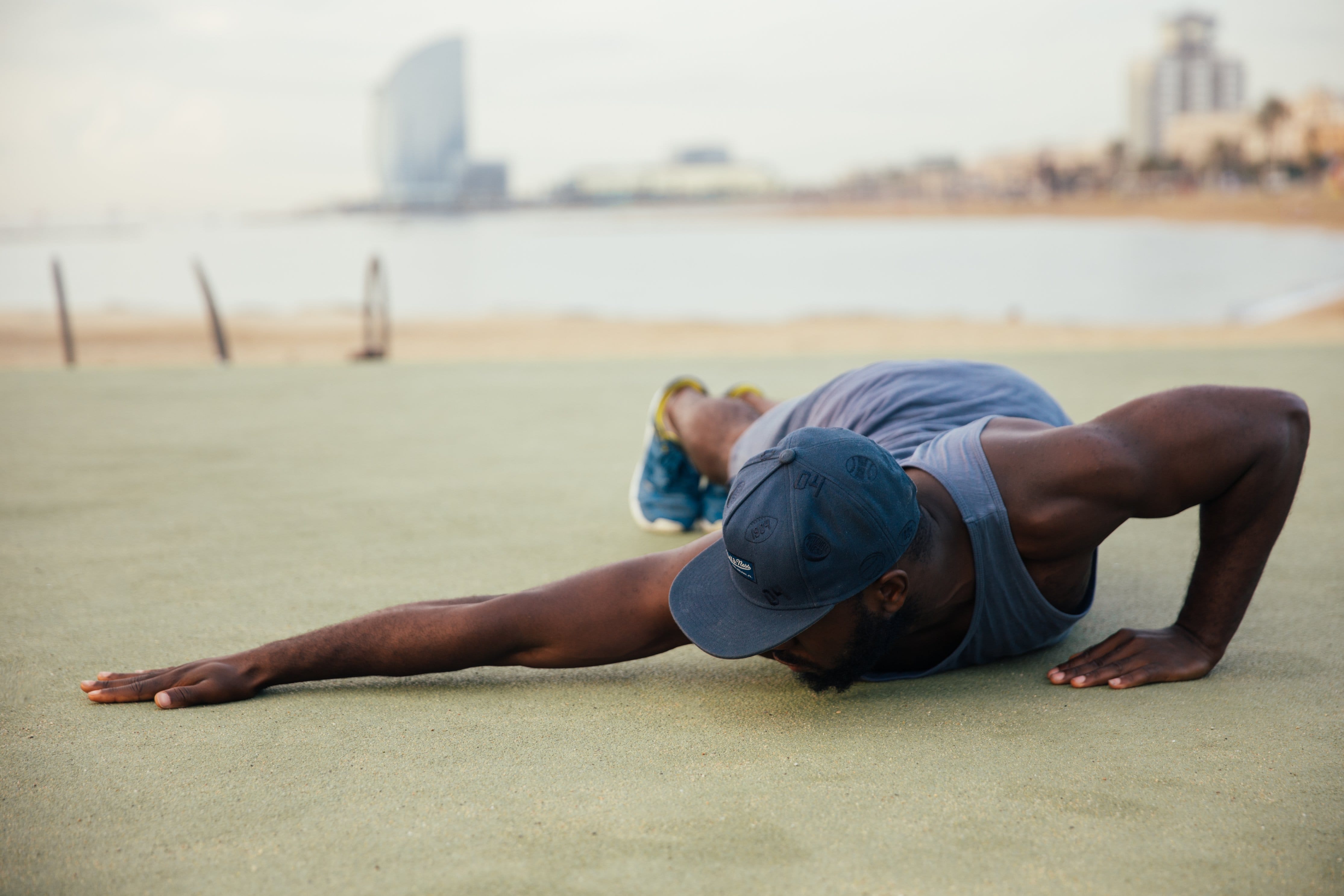
There are also environmental and lifestyle factors impacting flexibility such as the temperature of your workout location, your activity level, and whether or not you're doing any level of resistance training regularly.
If it's cold, you will likely need a longer warmup to increase blood flow and get your joints moving thorough their full ROM.
If you're more active, you will tend to be more flexible than an inactive individual would be. Inactive people become less flexible for 2 reasons: 1) connective tissues tend to become less pliable when exposed to limited ROMs and 2) increase in fat deposits around the joints creates obstructions to ROM.
Finally, a well-designed and executed resistance training program in which you perform exercises through a full range of motion, can also increase your flexibility. Note that improper strength training can impair your flexibility, so it's important that your program be well designed to develop both agonist and antagonist muscles and that your technique is such that you are moving through the full available ROM for all involved joints.
A resistance training routine that increases your strength can allow you to be both flexible and mobile. And remember, the goal is not just ever-increasing flexibility for flexibility's sake, but rather mobility, which is having strength through the joint's full range of motion.
All of this emphasis on flexibility and mobility training translates to moving more easily, strengthening your joints and increasing your ROM, to ultimately feel better in your body.

Types of Flexibility Training: Stretching Techniques
There are a variety of stretching techniques that can be used to maintain or increase your flexibility. Some, like ballistic stretching, have fallen out of favor. Others, like static and dynamic stretching, are readily approachable for all but the timing of when to practice them deserves a closer look. Finally, there are stretching modalities like PNF that are well-established in the research literature but may involve more training, time, or a partner to carry out. The most common methods are discussed below.
- Ballistic Stretching - bouncing, jerky, uncontrolled movement widely used in the past with an increased risk of injury that is no longer considered a sound method to increase ROM.
- Static Stretching - the most common method for increasing flexibility; static stretching involves slowly relaxing and lengthening the stretched muscle, holding the stretch for up to 30 seconds. It's also worth knowing that holding stretches for longer than 30 seconds does not result in improved flexibility. This slow, controlled form of stretching is preferred to bouncing ballistic stretching because it avoids activating the stretch reflex of the muscle, and so carries less risk for injury. There are no real disadvantages to static stretching as long as proper technique is used, and timing is considered. Interestingly research suggests that static stretching prior to taking part in a dynamic activity like running, jumping or throwing may actually have a negative impact on performance, which may seem counterintuitive. It's very common to see people stretching before going for a jog, for example. Research suggests that you would be better served by doing a warm-up, then going for a jog, and finally finishing up your workout with some static stretching afterwards.
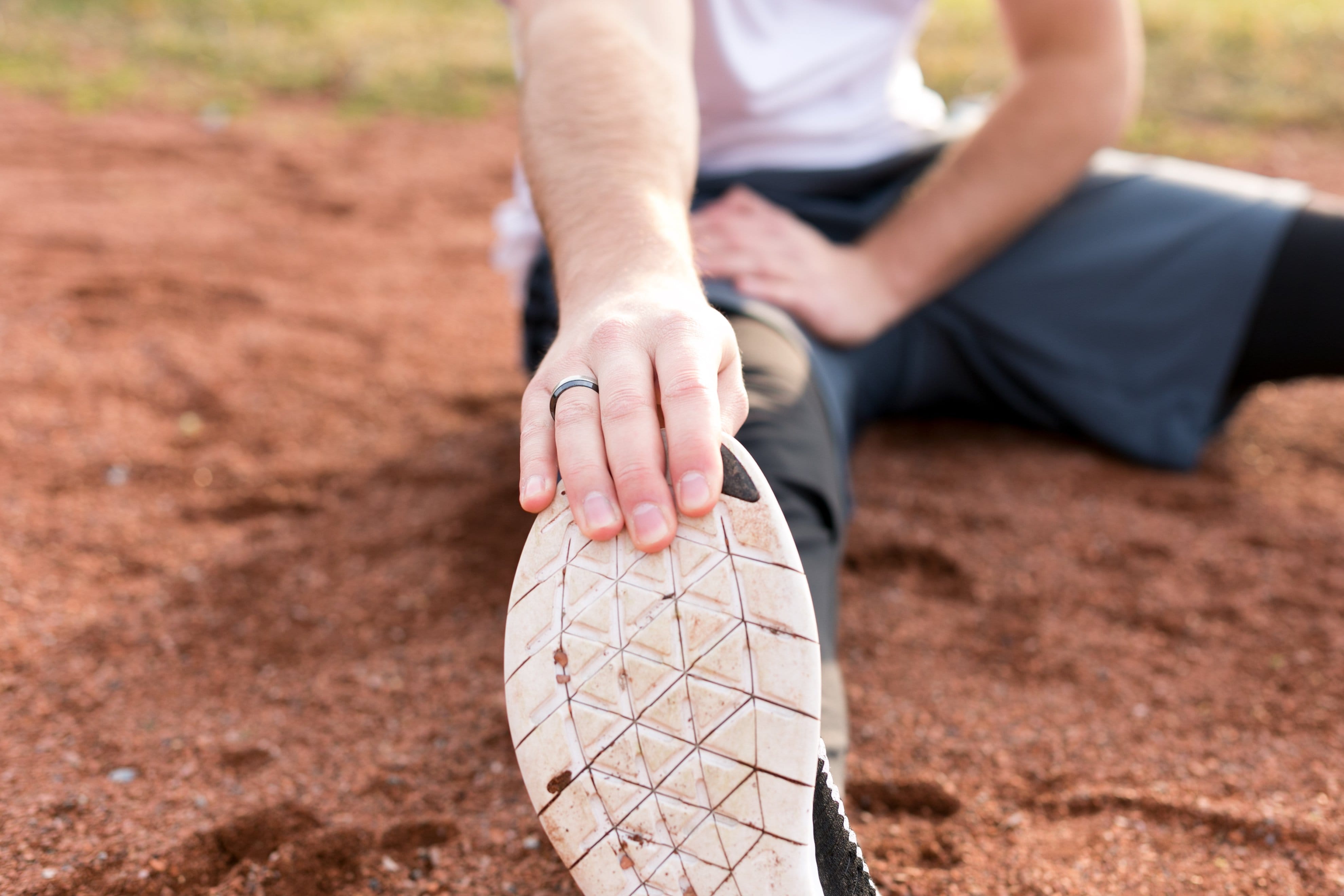
- Dynamic Stretching - avoids bouncing but, like it sounds involves dynamic or moving stretches, and may include movements specific to a sport or movement pattern; for example, doing some hip mobility work and bodyweight squats prior to practicing barbell back squats, or doing walking lunges before weighted lunges; the closer the stretch is to the exercise to be done, the better. Dynamic stretching emphasizes functional movements that are similar to the movement patterns of movement in daily life - for example doing dynamic arm circles, which simulates the movement of reaching for an item on a top shelf at the grocery store, at home or in the workplace.
- Proprioceptive Neuromuscular Facilitation(PNF) Techniques - widely accepted as an effective method for increasing ROM, however usually require a partner to perform and thus can be more inconvenient, time-consuming, and have increased injury potential especially with children or groups of young people who may lack attention to detail or lack familiarity with how implement PNF programming. One common PNF method is the hold-relax method and involves taking the muscle or joint into a static stretch while keeping it relaxed. After holding for ~10 seconds, the muscle is contracted for 6 seconds with a strong isometric contraction against an external fixed object - likely the partner - who should not allow any movement in the joint. After a very brief rest, another passive stretch is held for ~30 seconds and potentially results in a greater stretch. This hold-relax method can help the connective tissue length to increase, resulting in increased ROM.
Stretching can also be categorized as active or passive.
Active stretching occurs when the person stretching supplies the force, for example during a sitting toe touch, when you lean forward to stretch the hamstrings and low back in an effort to touch your toes.
Passive stretching, in contrast, is when a partner or coach trainer or device provides the force for the stretch.
Regardless of the type of stretching you use, apart from practicing it at the right time the most important aspect of an effective flexibility training program is good form and technique.
Recommendations for Developing a Flexibility Routine
So now you know a little more about the importance of a warm-up, what flexibility and mobility are, some types of stretching (ballistic, static, dynamic, PNF) and how they differ, plus some factors potentially impacting your flexibility and mobility (physiological, lifestyle, environmental) . You also now know that flexibility is joint-specific and not a general trait.
So, what can you do to improve your flexibility and mobility and start feeling better today? Glad you asked! Here are some simple suggestions to try to incorporate into your week if you're looking to develop a flexibility routine:
- Try not to start from scratch. Habit stacking is much more effective. Think of something you already do each day and try to tack a warm-up to that habit.
- For example, if you always have a cup of coffee in the morning, tack it to that. When you finish your coffee, put on your shoes and step outside. Walk around the block for 10 minutes. By the time you're back home, you'll have gotten a bit of Vitamin D (bonus: if you get this sun in the morning it will help regulate your circadian rhythm which usually improves sleep), your core temp will be up, and blood will be flowing to your muscles.
- Now you're ready for some static stretching and morning mobility.
- Choose your stretching type (mostly likely Dynamic or Static) for the moment depending on what's next on your schedule for the day. Dynamic is best if you're moving into a longer workout; Static will do if you're going to sit down at your desk to work or if your warm-up walk turned into a jog and you're looking to cool down with some stretching.
- Dynamic Stretching is great before a run or a weight lifting session. Aim for functional movements but avoid bouncing. For example, walking lunges, bodyweight squats, dynamic arm circles, and mobility stretches like the combat stretch and the 90-90 stretch. In particular, try to keep your stretches as specific as possible. For example, if your lifting routine for the day includes squats, do some hip mobility work like the 90-90 stretch and follow it with some bodyweight squats before you get to your working sets.
- Static stretches should be avoided before a longer workout but is great for a stand-alone flexibility / stretching session or to cool down after a workout. Static stretches should be held for 30 seconds. Remember that longer is not better. Static Stretches should be slow, smooth, controlled movements. Inhale deeply, then exhale as you stretch to a point of mild discomfort. Back off if it hurts
- Find and practice some stretches and mobility movements that feel good to your body and problem spots. You can certainly search online for stretches and mobility routines for your problem areas (common culprits include ankles, hips, neck, wrists) or, again, feel free to start with my simple 15-minute full-body static stretching and morning mobility routine below. It's completely free and you can follow right along with me as I do the stretches with you!
Flexibility 101 Final Thoughts
Don't feel like you have to do static stretching every day or for an extensive amount of time. You also don't have to go from zero to 100 overnight. Try going for a short walk, then just maybe 5-15 minutes holding a few stretches or moving your joints through their full ROM. It's better to do mobility for a short duration, frequently, than to think through a time you have 30 min to an hour to commit to a mobility workout and only get to it every so often.
Working on stretching and mobility even just a couple times a week is a great place to start. Anything that's more than you're doing now is a win. Don't let perfect be the enemy of the good. If you can get yourself to do it once a day, as part of your morning routine, say, or a break in your day, even better!
And, if you're already stretching but looking to take things to the next level (and of course if time permits), you can even habit stack your way up to doing mobility work multiple times a day!You could eventually have a 2-3x-a-day mobility routine, perhaps surrounding regular breaks or mealtimes:
AM: Drink coffee and/or Eat Breakfast, then walk around the block to warm-up, and follow that with 5-10 minutes to practice some mobility/stretches (I guarantee you'll be more productive when you sit back down to work after!)
Midday: Take a mid-day break and/or Eat lunch, walk, mobility
PM: Wrap up your work day and/or Eat Dinner, walk, mobility, bed.
In a few days or weeks, you'll be noticing better movement, and decreased pain! You'll also have pretty effortlessly added 10-30 minutes of cardio to your daily routine, along with time outdoors, which will help your vitamin D levels, circadian rhythm regulation and sleep. Very likely, you will see your spikes and valleys of energy throughout the day even out because you'll be taking regular breaks and tuning in to your body more! During the walks, you can do some breathing practices, check in with yourself mentally and emotionally, listen to a podcast and learn something new, call a friend or loved one, or just enjoy some time yourself. As a side benefit, you may notice that if you start walking and stretching after each meal, you'll gradually find yourself making healthier choices or practicing better portion control, knowing a walk is coming next. Or, at the very least, walking after eating will help with digestion. It's honestly a win-win-win! Improved flexibility, decreased pain, and enhanced quality of life!
Even just 1 or 2 of these walks and stretching sessions would be an amazing addition to any fitness routine! And, it's absolutely OK (even recommended) to start small and add as you go.
You may find yourself going through the same mobility or stretching routine and wondering "am I doing this right?" This is totally normal. As long as you are following the recommendations in this post (biggie: avoid static stretching before a workout and use it after instead) and not stretching to the point of pain, you're totally doing it right. You may feel relief immediately, but, for many people it will take a couple of days to a few weeks to notice a difference.
Finally worth noting is that SMR, or self-myosfacial release techniques like foam rolling and use of the theragun may provide some temporary relief but aren't a long-term fix as much as they are a bandaid. Incorporating regular flexibility and mobility work into your fitness routine, along with strength and resistance training is the way to actually fix your underlying issues for good. However, SMR does still have benefits and can be a good first step to get your body ready for more mobility work!
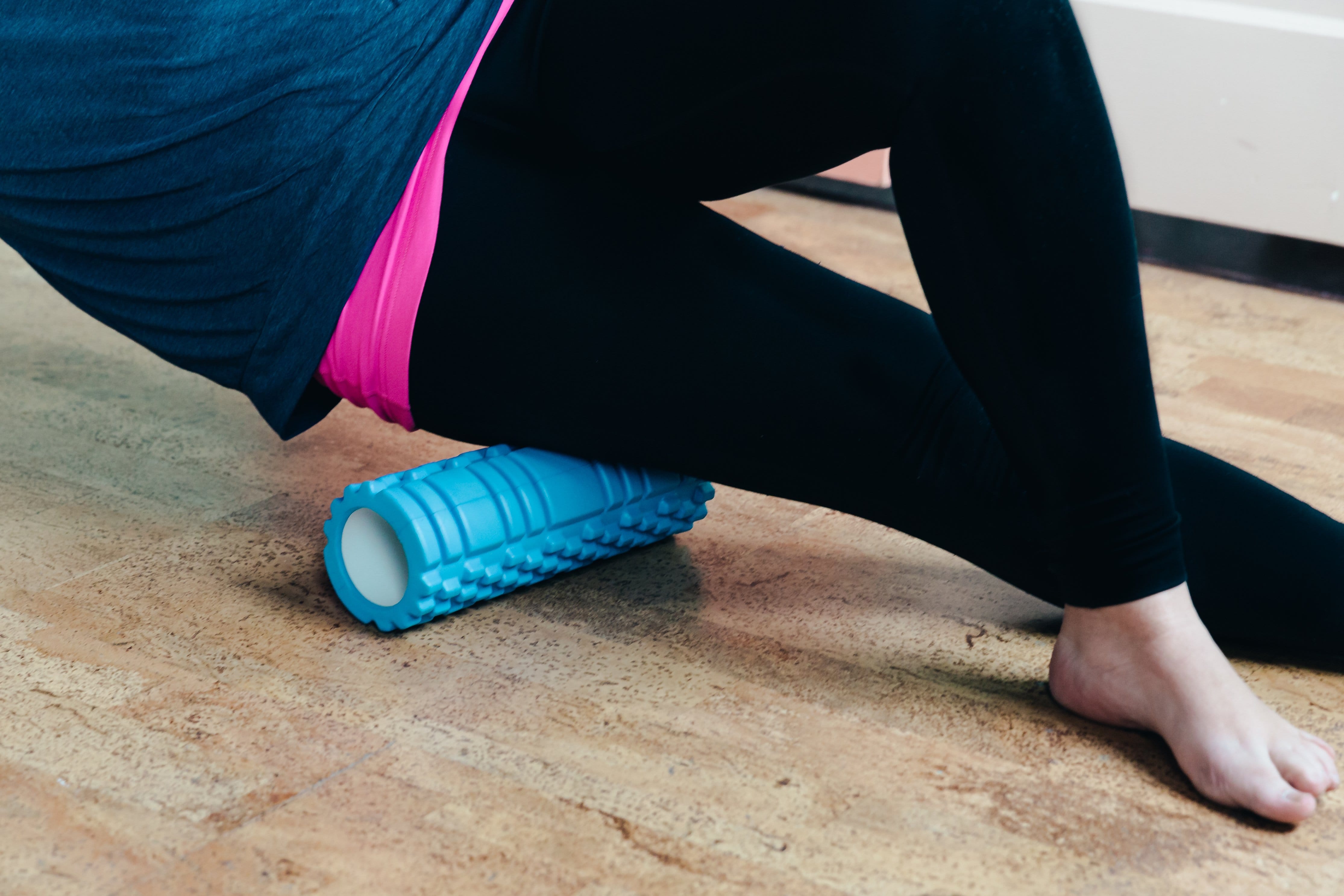
Further Resources
Looking for even more videos and education? Below are two of the sources I turn to frequently for flexibility and mobility information. I recommend the first for all levels, but it's especially good for beginners or those new to the concept of mobility as opposed to just flexibility. The second has something for all levels and interests!
1. MAPS PRIME Webinar by Mind Pump Media

- Created by the personal trainer guys at Mind Pump Media, this is a free, 45-minute webinar on how to prime your body to prevent injury and improve your workout. Justin Andrews, one of the Mind Pump Podcast hosts, will walk you through a step-by-step self-assessment of your body and guide you through several priming mobility movements in detail. Great for all levels!
2. Tom Merrick, AKA "Bodyweight Warrior" YouTube Videos

- Tom is a flexibility and mobility and bodyweight calisthenics expert! His flexibility and mobility follow-along videos are excellent resources and a quick glance through his channel shows routines of various lengths (anything from 5-10 min up to an hour) and levels (beginner, intermediate, advanced). As a bonus he also does fun calisthenics videos and tutorials, for example on how to learn do a handstand! Super fun stuff!)
Conclusion
Whether you're looking to use stretching as corrective exercise to move or feel better in your body, as a preventative measure to safeguard yourself against future injury or pain, or simply as a way to optimize your overall workout performance and recovery, mobility and flexibility training are a key component of any successful routine.
Give some of these flexibility strategies and resources a try this week and let me know how it goes for you!